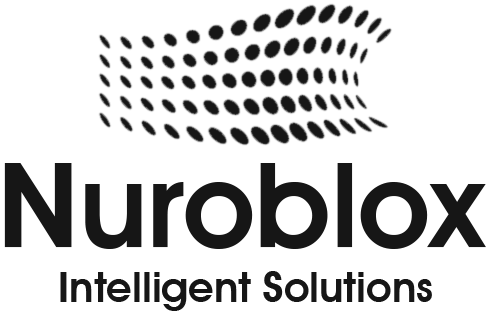Low-code automation
- Home
- Low-code automation

// ABOUT LOW CODE AUTOMATION
Low-code Automation
Need to automate more complex tasks but don’t want to start from scratch with code? Low-code platforms let you build powerful workflows using simple visual tools-with just a bit of coding when needed. It’s the perfect balance between speed, flexibility, and control.










What is Low-Code Automation?
Benefits of Low-Code Automation
Faster Development
Create and launch automation workflows quickly with minimal manual coding.
Improved Collaboration
Encourages teamwork between business users and IT, streamlining the automation process.
Greater Flexibility
Allows custom code where needed, making it ideal for both simple and complex automation needs.
Easy Integration
Connects seamlessly with existing software, databases, and third-party services.
Cost Efficiency
Reduces development costs by minimizing the need for specialized coding expertise.
Scalable Solutions
Easily expand automations across departments or business units as needs grow.
Greater Flexibility
Allows custom code where needed, making it ideal for both simple and complex automation needs.
Scalable Solutions
Easily expand automations across departments or business units as needs grow.
How Low-Code Automation Works

We’re Here to Assist You and Address
All Your Questions Anytime!
Low-Code Automation Use Cases
Once you adopt a low-code platform, the next step is using it to streamline inefficient or manual processes. Low-code tools help automate workflows quickly, improving speed, accuracy, and overall business agility.
Finance Automation
Sales Automation
Marketing Automation

Faster Invoice Processing & Compliance
Smarter Lead Distribution & Follow-Up

Campaign Launch & Lead Engagement
Build low-code workflows to manage email campaigns, lead scoring, and social media scheduling. Marketers can test and optimize campaigns in real time. Without relying on developers.
Does Your Business Need Low-Code?
Low-code platforms are increasingly essential for businesses looking to accelerate digital transformation without overwhelming their IT teams. If your organization faces growing demand for automation, faster deployment of solutions, or frequent process updates, low-code can provide the agility and speed needed to stay competitive. These platforms empower both technical and non-technical users to create and iterate on workflows, reducing development bottlenecks and enabling faster time-to-value.



